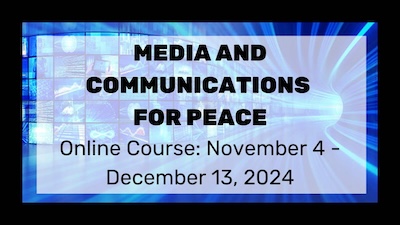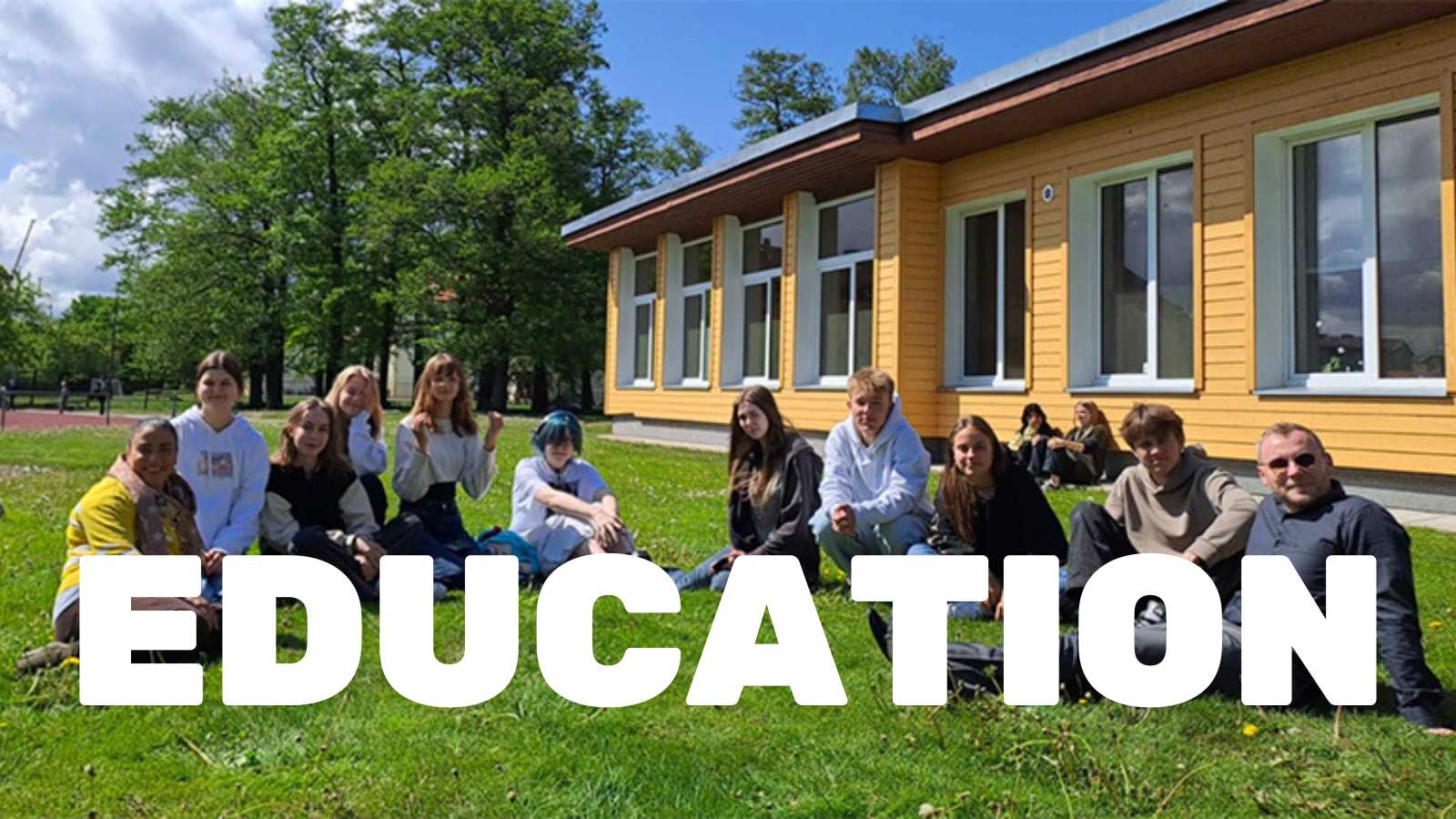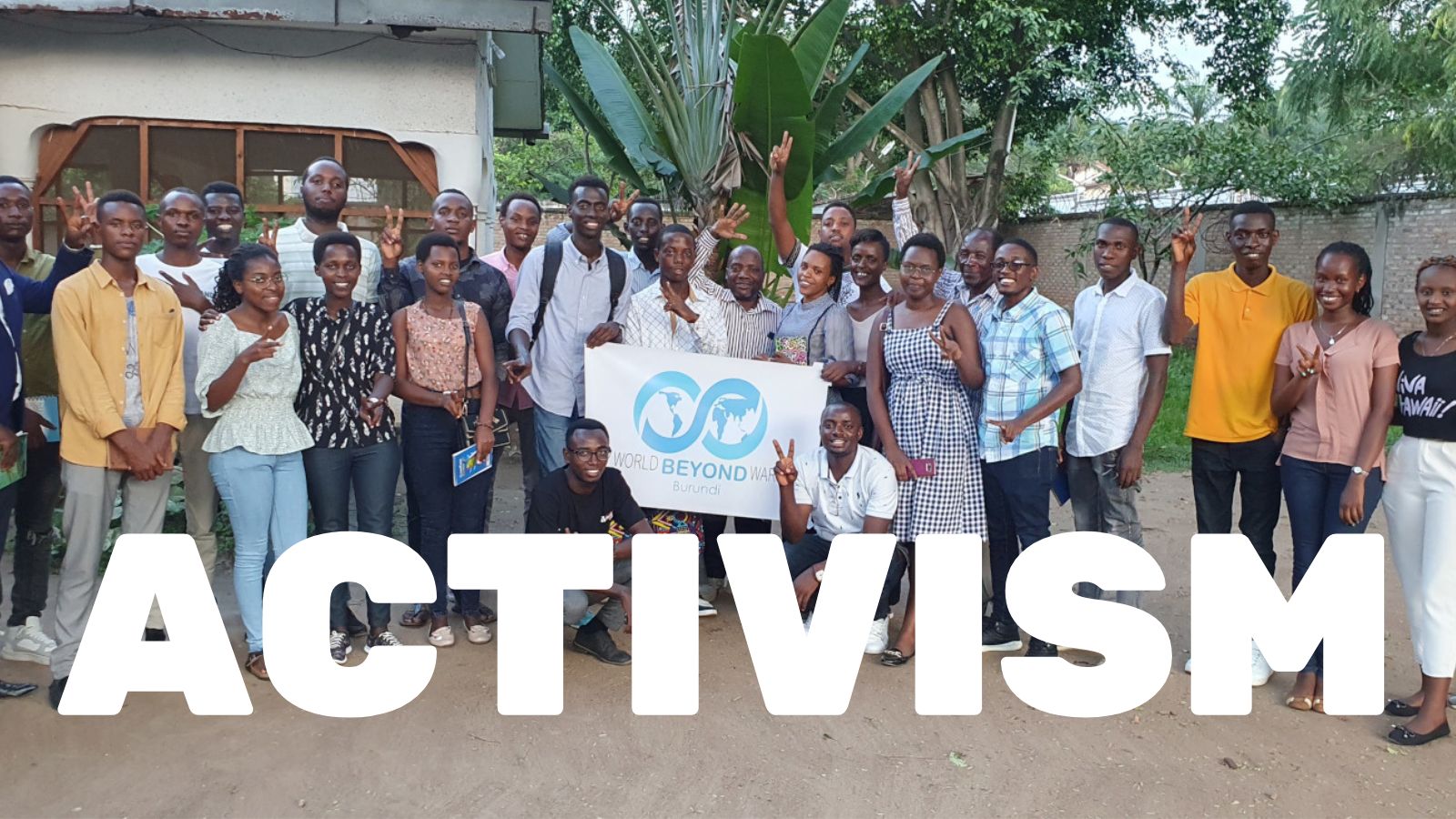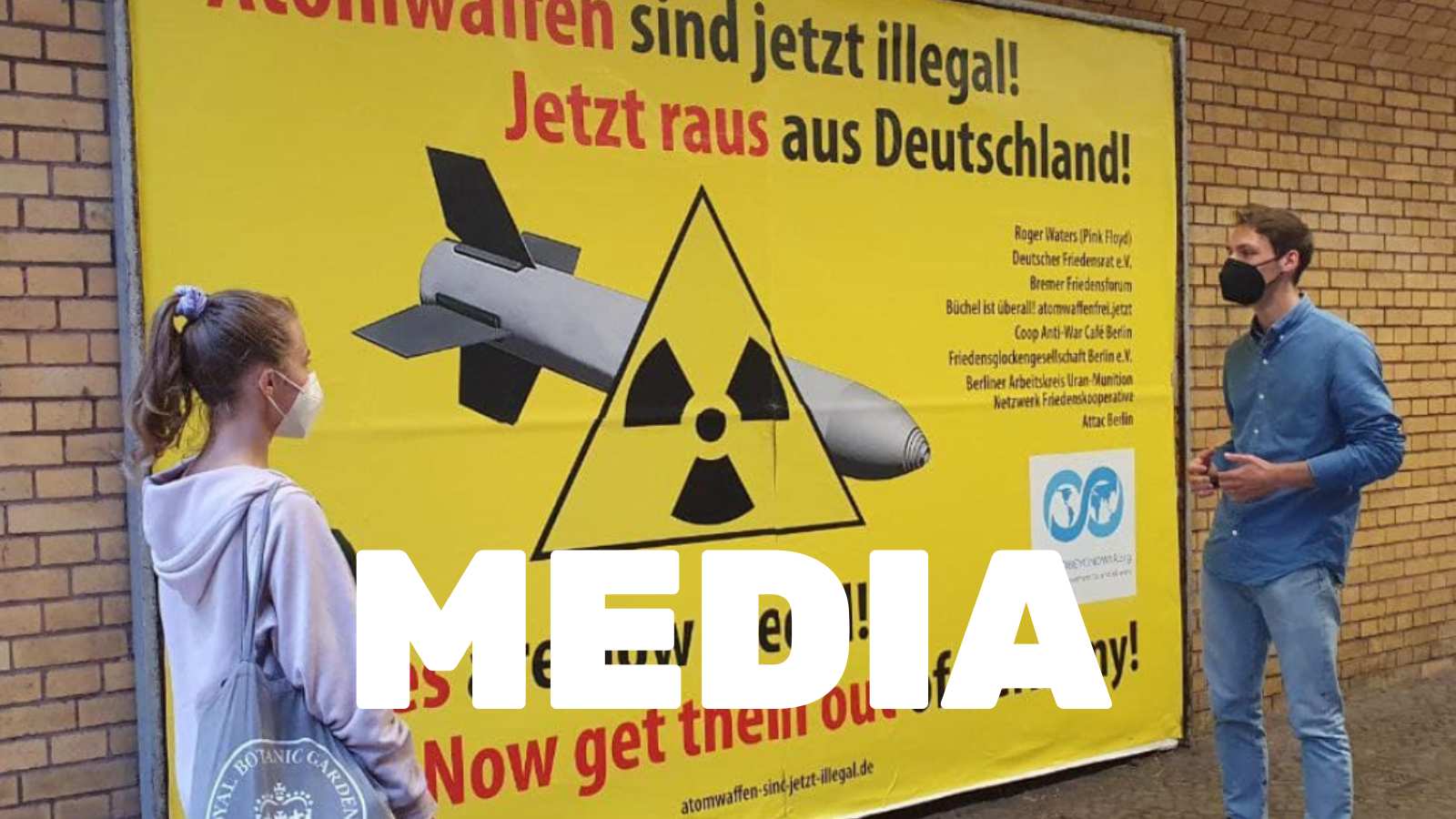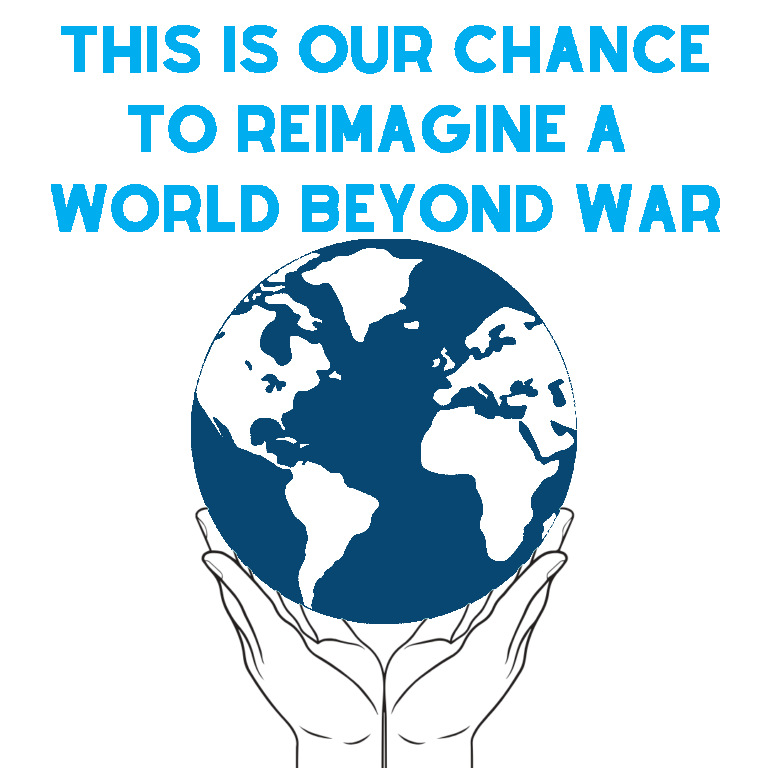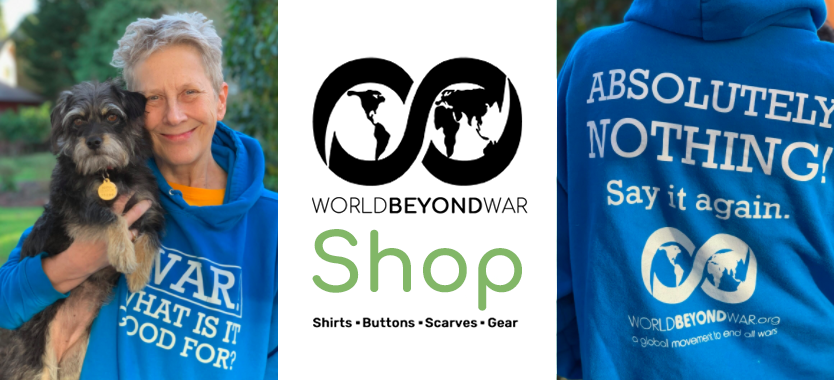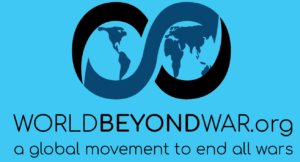Notes made by Russ Faure-Brac
This is an analysis of how the process used by the International Campaign to Ban Landmines can apply to other movements.
- General – They used expert studies, mass promotional material, lobbying of governments from below, and representation at conferences.
- Credibility – use of prominent military officers
- Speaking with one voice – subordinating differences
- Pressure and Persuasion
- Alter politicians views of costs and benefits
- Transforming mines into a humanitarian issue (“Humanitarian Politics”)
- Innovative use of visual media and use of print media
- 5. Division of labor – use comparative advantages of the various organizations involved
- 6. Building from Below – disaggregate the process through regional meetings for greater access by non-state actors
- 7. State as Partner
- a. Build partnerships between humanitarian advocates and sympathetic states (get US on board, then bring in other countries or start with important sympathetic countries?)
- b. Get consent from states that held, sold and deployed land mines (Canada and Norway lobbied those states not on board)
- c. Form broad NGO coalitions with narrower steering groups supplemented by significant input from the UN and support from the International Committee of the Red Cross
- d. Anticipate circumstances completely outside the control of the campaign (prepare for what to do when collapse occurs)
- 8. Stringent standards with widespread but not necessarily universal support
- 9. Political coalition building among NGOs, states and international organizations
- 10. Negotiating environments that allow voting rather than consensus decision making, access for NGOs, and the selection of a supportive chairperson
- 11. NGOs – The campaign emerged out of the nascent campaigns of NGO’s from several different countries. A Steering Committee of the original six organizations was formed.
- 12. UN – The Department of Humanitarian Affairs was designated as the UN focal point.
- 13. US State Department – issued an influential report and first raised the subject within the UN General Assembly, which then scheduled four expert group meetings on the subject.
- 14. Influence on US President – An open letter was sent to the President sponsored by the Vietnam Veterans of America Foundation (VVAF) and signed by 15 retired military personnel and published in the NY Times.
- 15. Treaty Ideas – Their specific goal was the signing of a treaty. What is our specific goal?
- 16. The Ottawa Process – They invited countries to come to a conference but made them sign a draft final declaration. Those who wouldn’t sign could come as observers. The process was defined by three characteristics:
- A close partnership between states and NGOs
- A like-minded coalition comprising a core group of small and medium-sized states and
- A set of negotiations undertaken outside normal multilateral channels.

